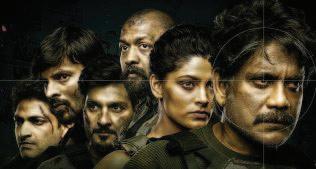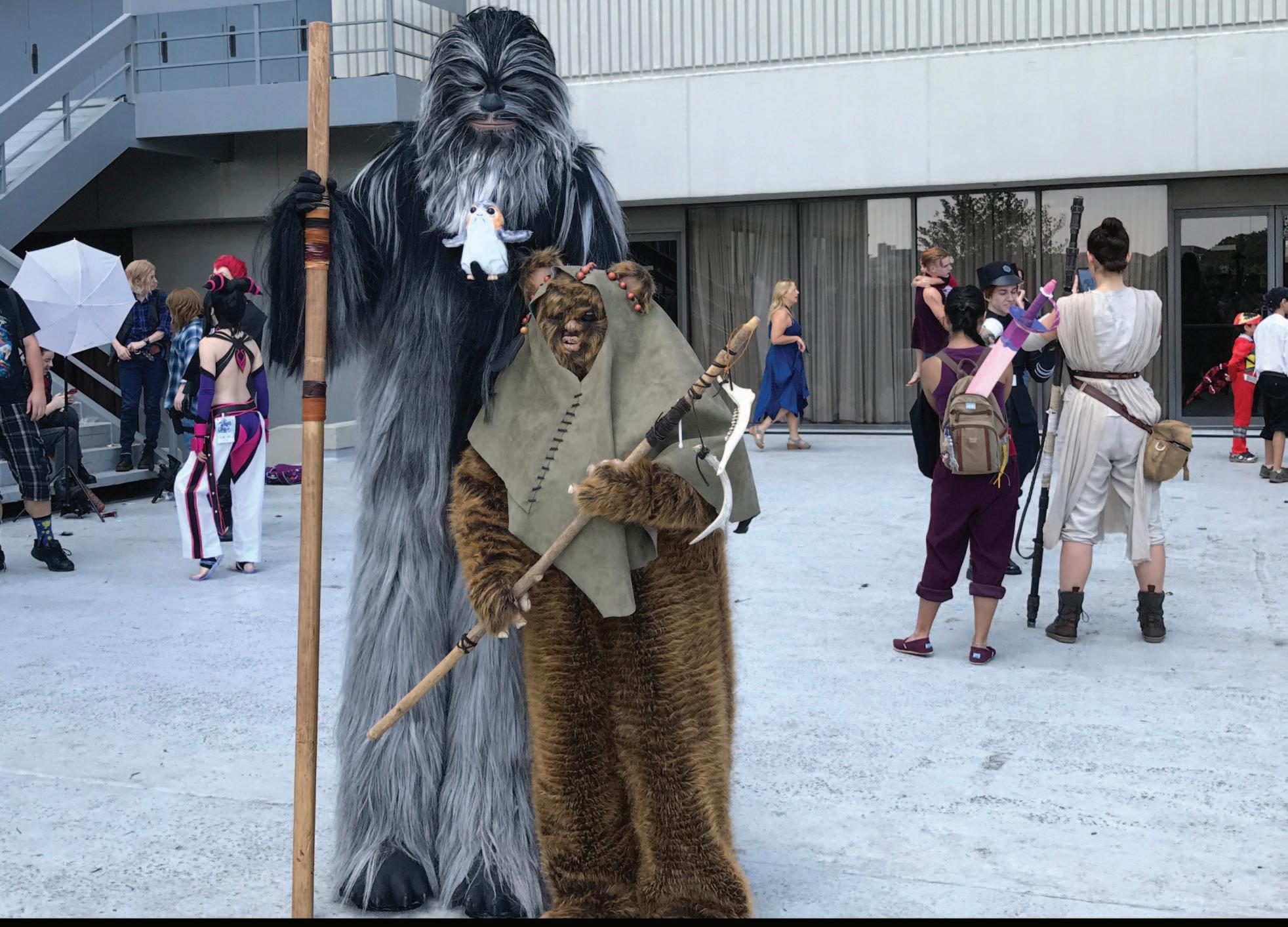
4 minute read
An Adult Indian Dance Student
The Adult Indian Dance Student
My continuing journey of lifelong learning
Advertisement
My Voice by Preethi Sriram Art is a form of expression shared with others
Historically, within Indian arts, the arts and the family have been intricately entwined. Within the devadasi system, the arts were passed down within the family line.
In the book by Douglas M Knight Jr. about the life of the well-known dancer Balasaraswati, called Balasaraswathi Her Art and Life the famous dancer hailed from a family of artists and could trace their line to the famous Tanjore Quartet.
The dancer Balasaraswati herself grew up in a household that was seeped in music and dance. She grew up listening to her grandmother, Veena Dhanamal play the veena, and her mother, Jayammal, a singer who sang at her dance performances. Her brother T. Viswanathan, became a famous Carnatic Music flute player.
In the book by V. Sriram called The Devadasi and the Saint the Life and Times of Bangalore Nagarathnamma, the artist’s mother, Puttulakshmi, helped in finding Nagarathnamma tutors for her education, where the first teacher, Giribhatta Thimmaya taught her Sanskrit and music. Later she went on to be a famous singer who was also known for her devotion to Saint Thygaraja.
While I cannot say that I hail from a traditional line of artists, at least to my knowledge, what I can say is that family support can be beneficial (if not essential) in the pursuit of the arts. .
As a child, it was my mother that first introduced me to Carnatic music and Indian Classical Dance (Bharathanatyam). I recall singing on stage for annual music festivals, as well as dancing for different holidays. I have danced a representation of the offering of Kavadi, to the God Muruga. In another, my mom had put on a play of court life in India.
While there were different roles in the play, I recall dancing a Bharthanatyam style dance that was in praise of the king of the play. From that dance, I was offered part in a dance where I had the opportunity to play a child God in a dance production.
As a child, I have taken part in many other dances for different festivals as well as singing at annual recitals for music. I also watched other students in their arangetrams. When travelling to India, one of my great aunts taught me songs that I could learn. I also listened to my grandmother sing songs such as “Theeradavilayatu Pilai”, which is a Tamil Song that describes the antics of the Hindu God Krishna as a child. All of these opportunities were because of my mother and her encouragement to be part of the Indian cultural tradition.
As an adult, I can say that these experiences as a child is what has continued my interest in wanting to continue the pursuit of the classical dance form. As an adult, there is no one taking me to classes, or finding me opportunities to perform or dance. These are initiatives that I have to take on my own. Yet, I still have the encouragement and support of my family in continuing the pursuit of art form. I actively look for dance shows or music shows to attend as I enjoy going to these as I did as a child. My mother and I have been to various together.
My husband (who is not of Indian background) is also very supportive of my endeavors, which is very important (if not crucial) for me as well. In our initial stages of meeting, he would also accompany me to different dance shows. He is a musician and plays the guitar and piano. I wanted to introduce him to the Indian arts. He and I went to Odissi dance performances, Kuchipudi dance dramas, as well as different festivals such as Diwali and Navratri. He has come to some of the annual performances that I have been in as well through my dance classes. His side of the family has also attended some of the dance performances that I have been part of as well.
Every week I attend dance classes, and because of the pandemic, the classes are now currently online, and he helped to set up a space in the garage where I can dance as part our exercise/dance space. He also helped me in setting up curtains and appropriate lighting within the garage.
During an exam for the dance class, he helped me to study by asking questions and listening to me recite and try and memorize archaic shlokas from the Natya Shastras and Abhinaya Dharpana. Sometimes, when I am not in the mood to attend class, he even encourages me to attend.
While I do feel that anyone at any time can start their learning in the Indian arts, from my personal experiences, I do feel that having the encouragement and support of the family can overall enhance the experience and allow for the individual to grow within the art form and to be able to share that journey with those closest to them.
As art is a form of communication and expression that is shared with others, it would seem thus fitting to have the family be an important aspect of that communication and learning.
This series of articles is about the journey and unique insights of an adult dance student learning classical Indian dance. An introduction to the experiences and a perspective of taking classical Indian dance as both an American and an Indian, and how this shapes her personal journey, begins this series. Further articles will delve into specific topics and experiences from the perspective of the adult student.
Preethi Sriram is a classical Indian dance enthusiast and lifelong learner of dance. Contact: SriramPreethi@hotmail.com










